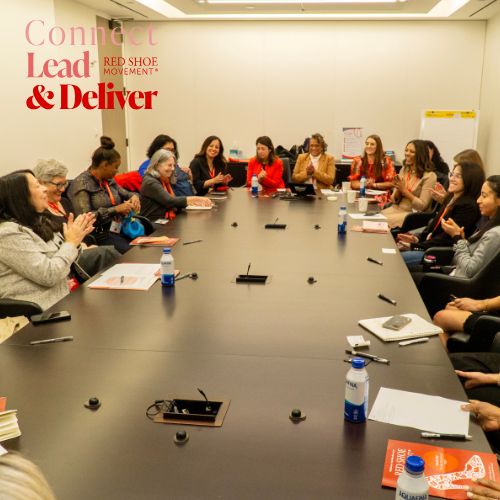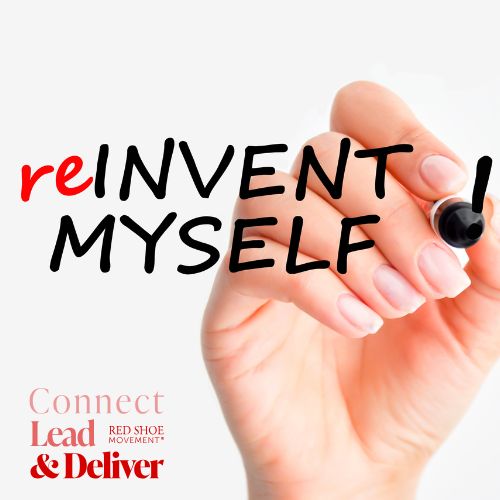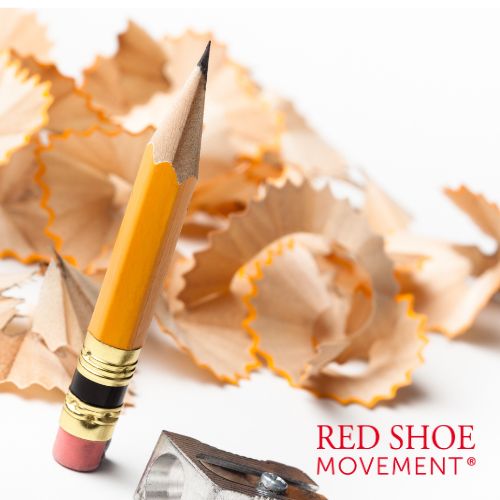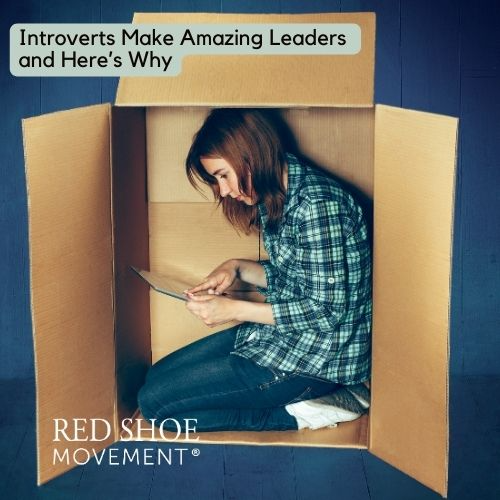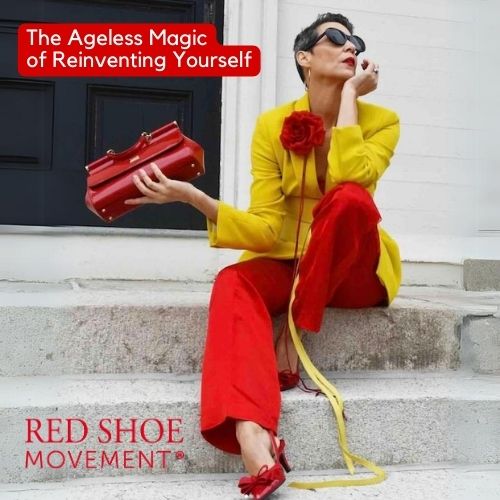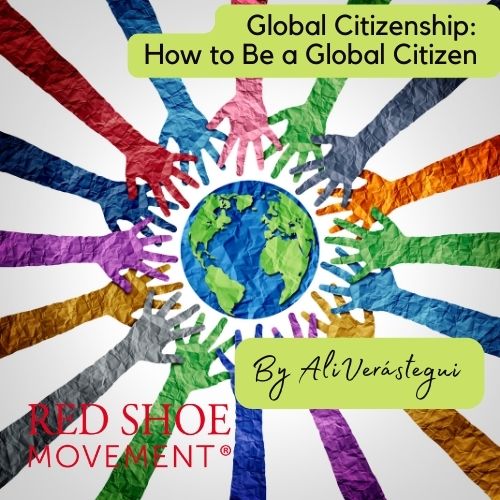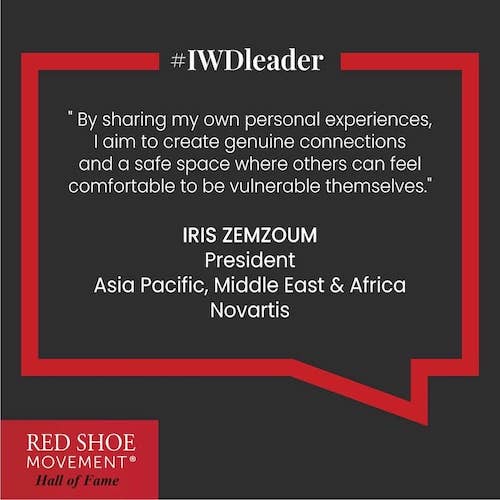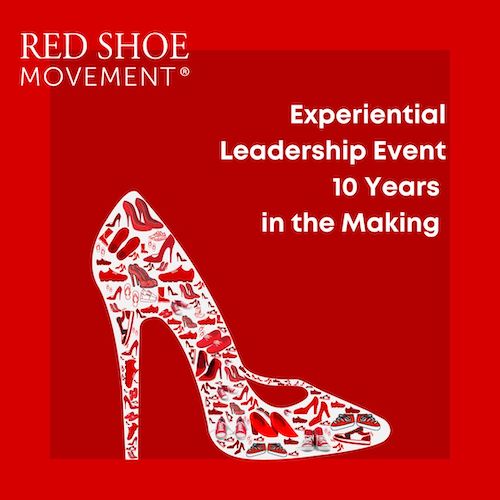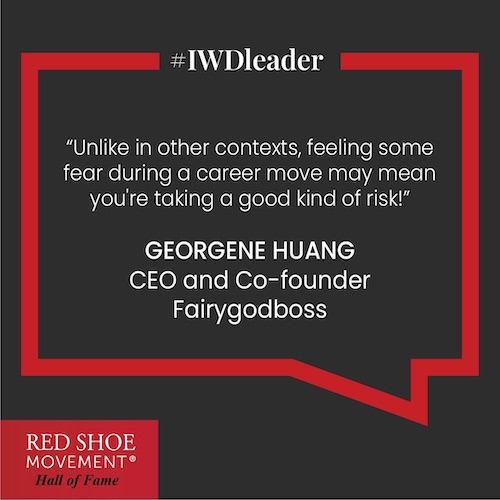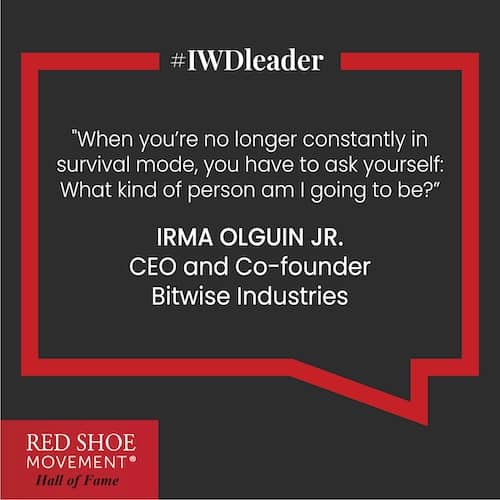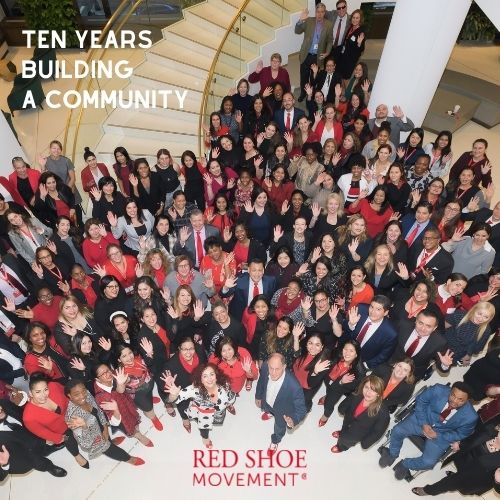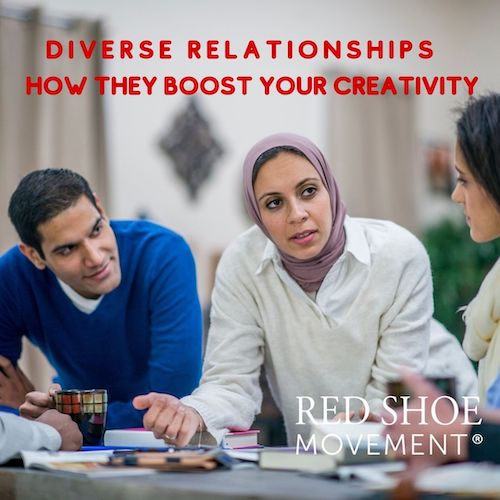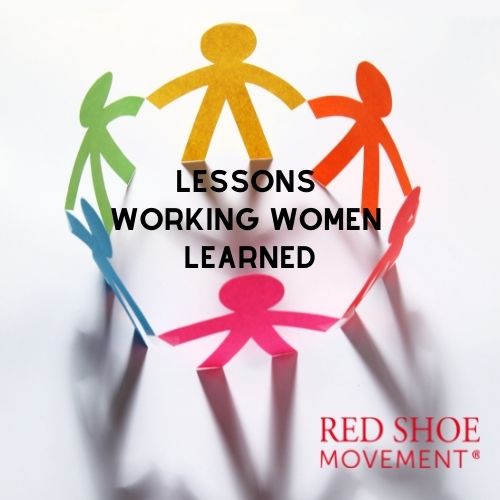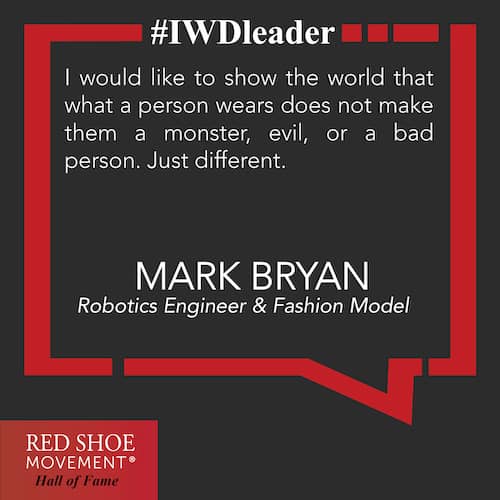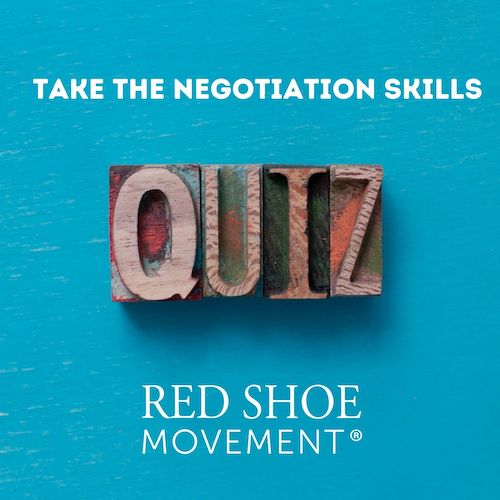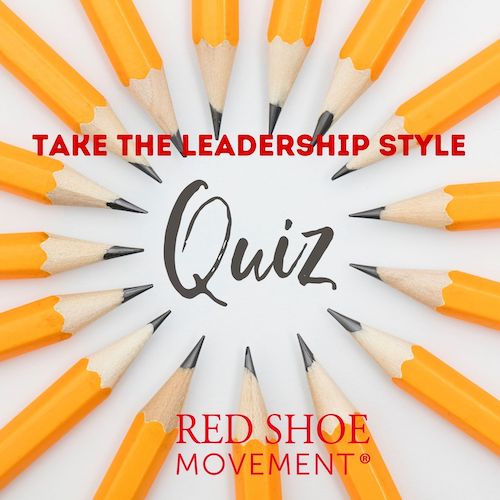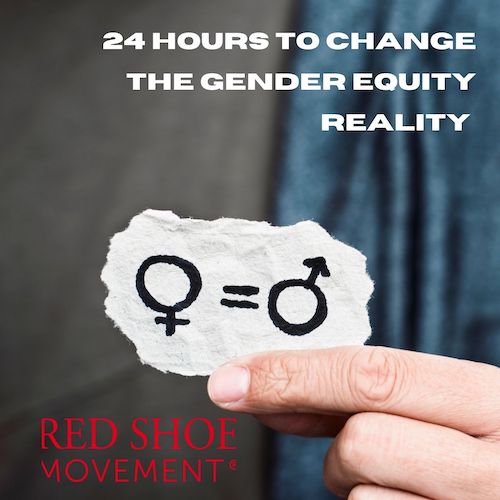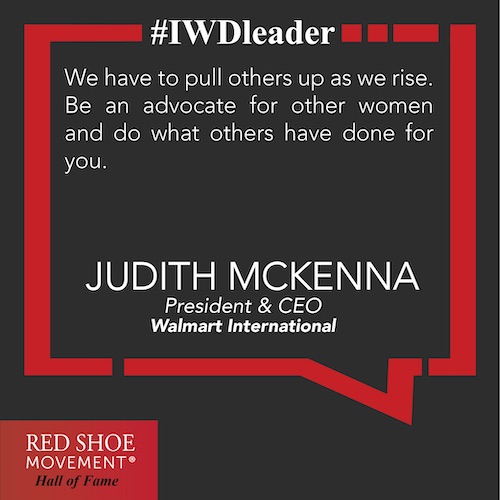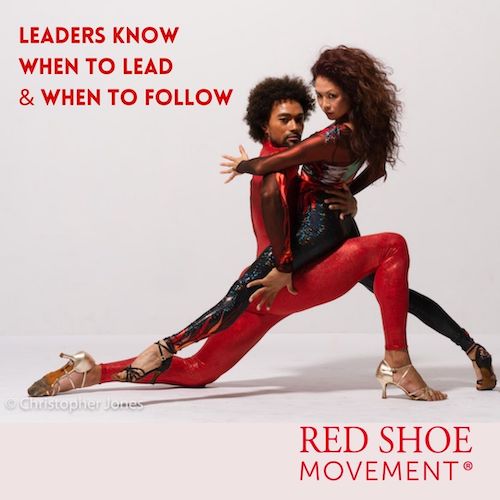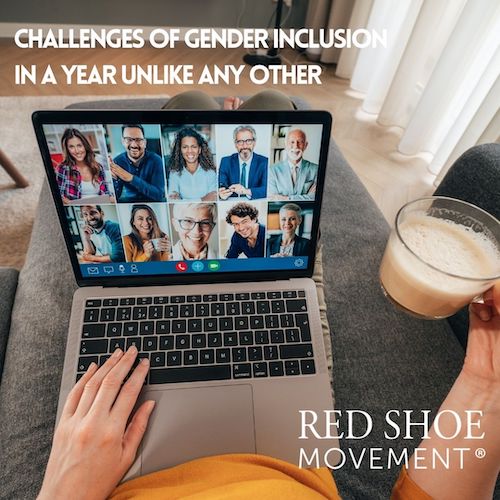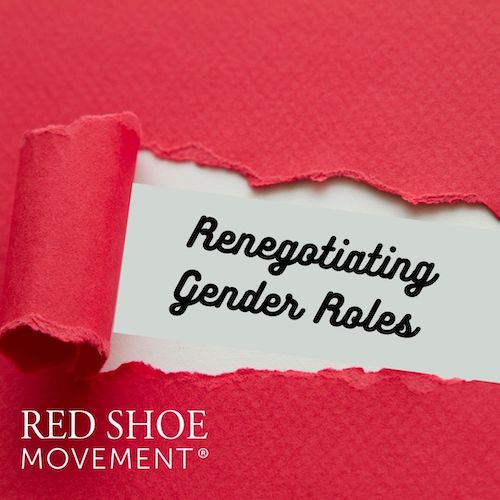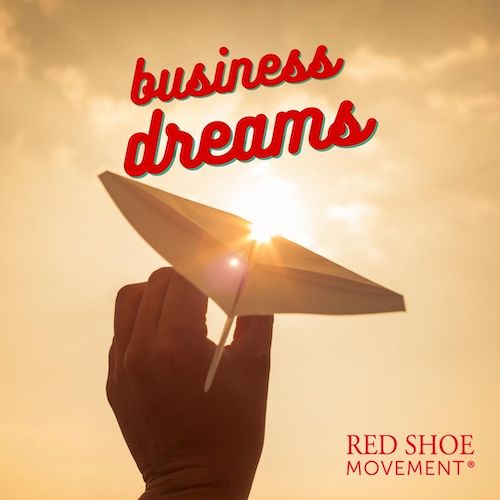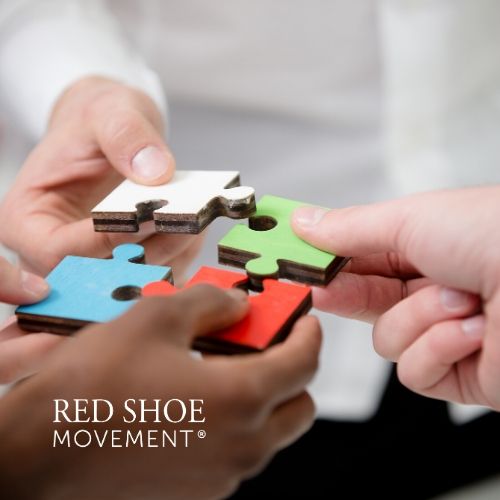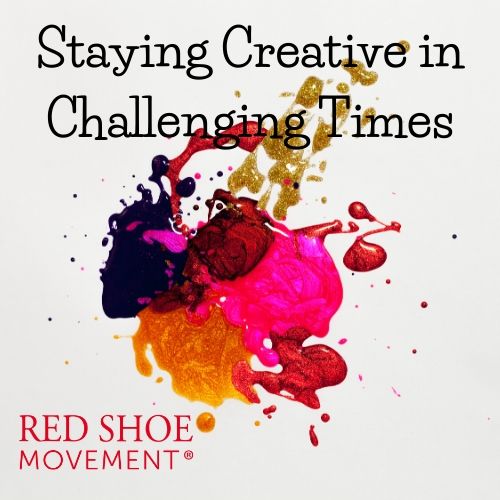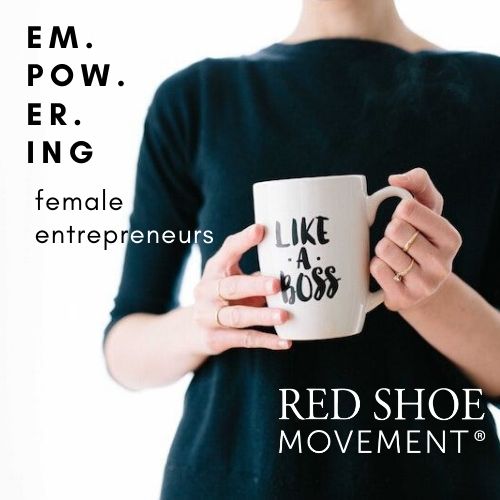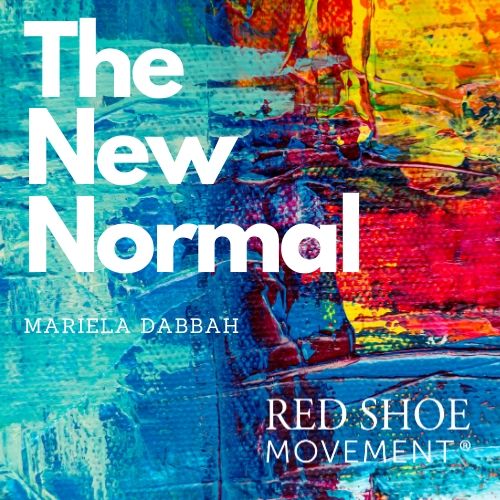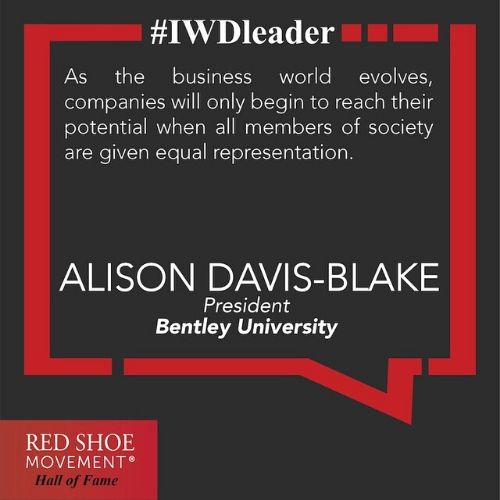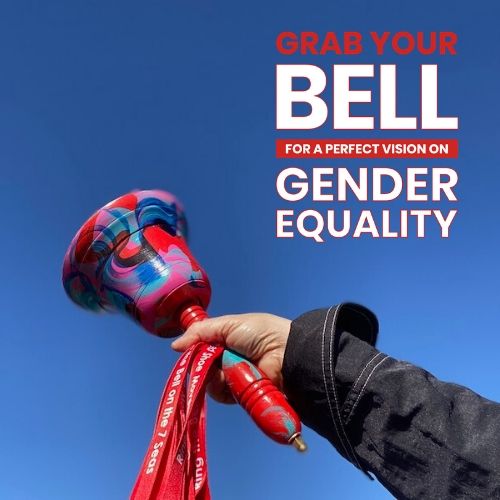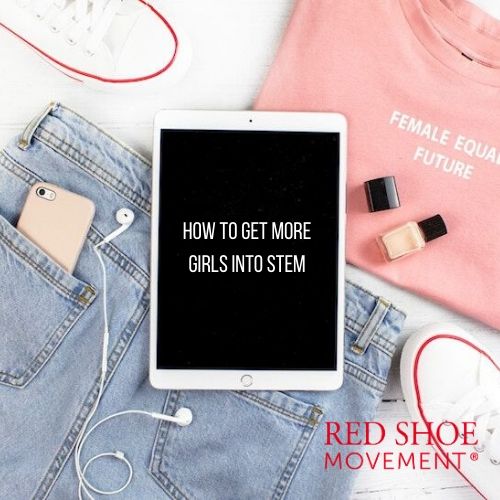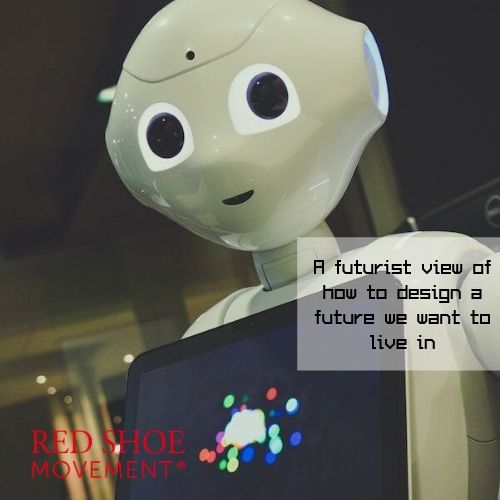Business Lessons the Most Famous Doll in the World Has Taught us
What we can learn from Barbie may not always be obvious. Whether she was a crucial part of your childhood, never your favorite toy, or not something you put much thought into until she made her way back to the top of the world through Greta Gerwig’s international blockbuster – Barbie, and the people behind her, clearly know a thing or two about business and how to stay relevant. However, what we can learn from Barbie goes beyond the inescapable pink extravaganza taking over, well, everything. From knowing your audience to recognizing when it’s time to change, here are some things we can learn from Barbie that are completely spoiler-free.
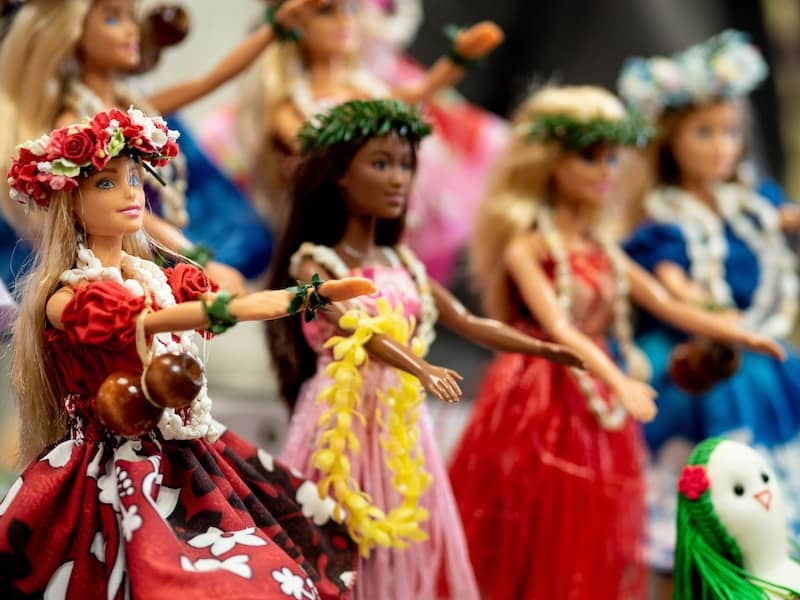
What We Know About Barbie
Barbie has been around since 1959, when she went on sale for $3 US dollars. She was created by Ruth Handler, who got the inspiration while watching her daughter Barbara (yep) playing with adult paper dolls. The co-founder of Mattel noticed there were no fashionable adult dolls for girls in the market and, taking inspiration from a German doll called Bild Lilli, Barbie was born. The doll was an instant hit and became, for better or worse, one of the most recognizable and coveted toys in the world.
The doll has been controversial for many reasons since its debut 64 years ago, including reinforcing traditional gender norms, lacking diversity, and promoting unrealistic and unhealthy beauty standards (according to health experts, Barbie would have trouble walking upright if she was real). In time, Mattel has introduced a little more diversity. The 80s saw the arrival of the first Black and Latina versions of the doll but it wasn’t until 2016 that different body types were included. With over 250 careers and endless accessories, Barbie remains in the top ten most sold toys of all time.
Cultural Intelligence and Why You Should Care About Developing It
So, want to know what we can learn from Barbie in business?

Business Lessons: What we Can Learn from Barbie
1Look for Gaps in the Market: Learning to look for gaps where consumer needs aren’t being met is one of the lessons we can learn from Barbie in business. The University of Bath says a gap in the market should have one of the following three attributes: 1) it’s something completely new that has been overlooked; 2) it’s something that exists but could be improved upon; or it’s something that exists but could attract a new market. Ruth Handler was able to recognize that an adult doll that not only showed little kids they could be anything, but also came with countless accessories, would have a place in the market. Do the research and analyze who or what you are up against; find strengths, trends, and what areas could use more work or could use a change.
2]Know Your Customers: Research led Mattel to realize that they should be marketing Barbie not to their parents, as was customary at the time, but directly to the children in as many ways as possible. That way, it’d be them who would demand the doll from their parents. Learning to observe and understand customers and target audiences is another important lesson we can learn from Barbie. It’s also vital for any business. Look at the data, market trends, and listen to what your clients are saying and asking for. Use the tools at your disposal, including (CRM) tools, LinkedIn, Facebook, Twitter, and Google Analytics, and use that data to engage your customers. Forbes recommends you make sure you’re collecting the right customer data and check the competition out. It’s also good to find ways to incentivize customers to take surveys and answer online questionnaires.
3Diversity Matters: One of the areas in which the doll has faced the most criticism is the toy’s lack of diversity. The change didn’t happen overnight, but these days, the line includes 35 different skin tones, 97 hairstyles, and 9 body types. Dolls with hearing aids, prosthetic limbs, and a wheelchair were also added to the Barbie collection in 2019. As the most diverse doll line, “Barbie recognizes the importance of representation and is committed to doing the work to inspire the next generation.” By embracing and celebrating diversity, we can demonstrate our commitment to social accountability and foster a sense of inclusion among not just our customers and audiences, but also our coworkers.
The Art of Intercultural Communication
4Stay Tuned to Societal Changes but Remember What Made You: Barbie’s initial mission was to deliver a powerful message to girls: You can be anything you dream. However, the doll failed to inspire new generations and sales plunged 16% in 2014, making people wonder if Barbie’s reign was over. Mattel’s rebranding strategy required taking steps towards allowing more children around the world to see themselves in Barbie and her friends while reigniting Ruth’s desire to inspire them through play and imagination. Richard Dickinson, president and chief operating officer of Mattel, announced Barbie reached the “highest level of business ever” in 2021.
























